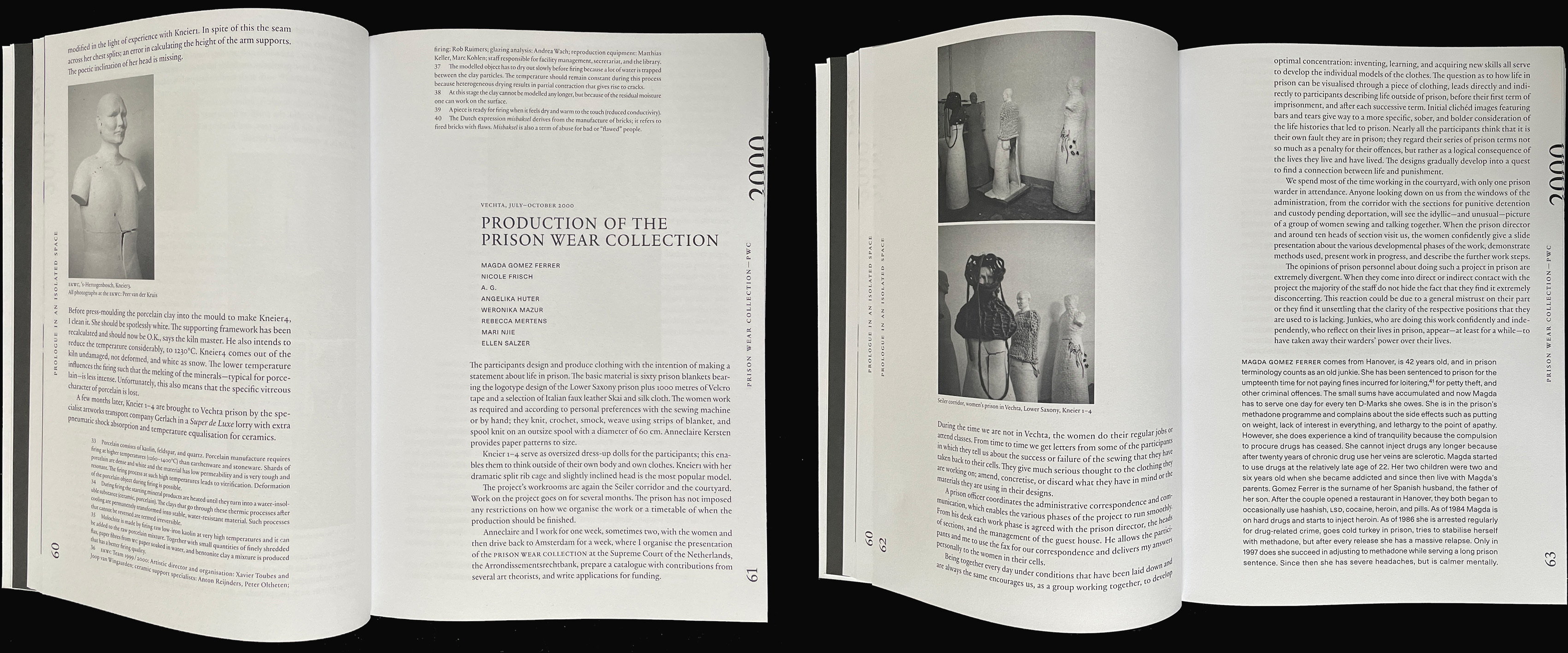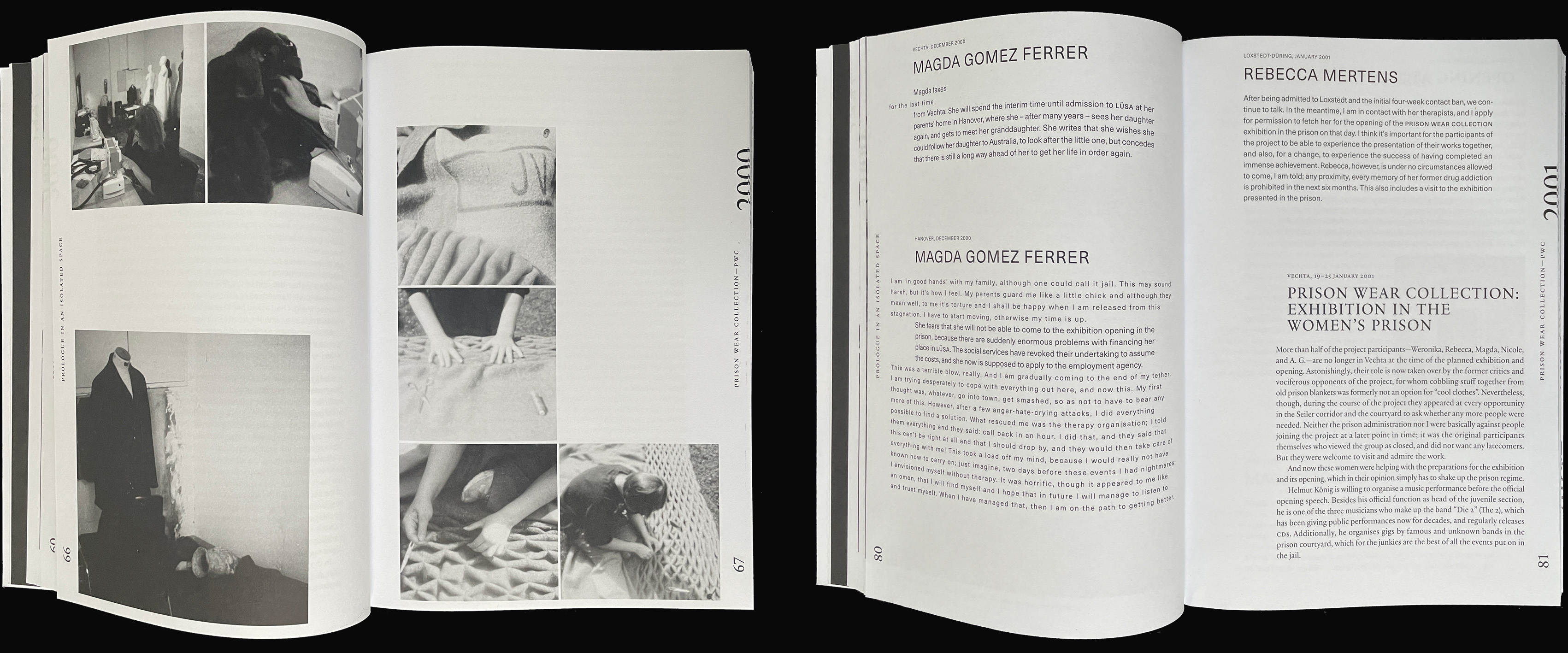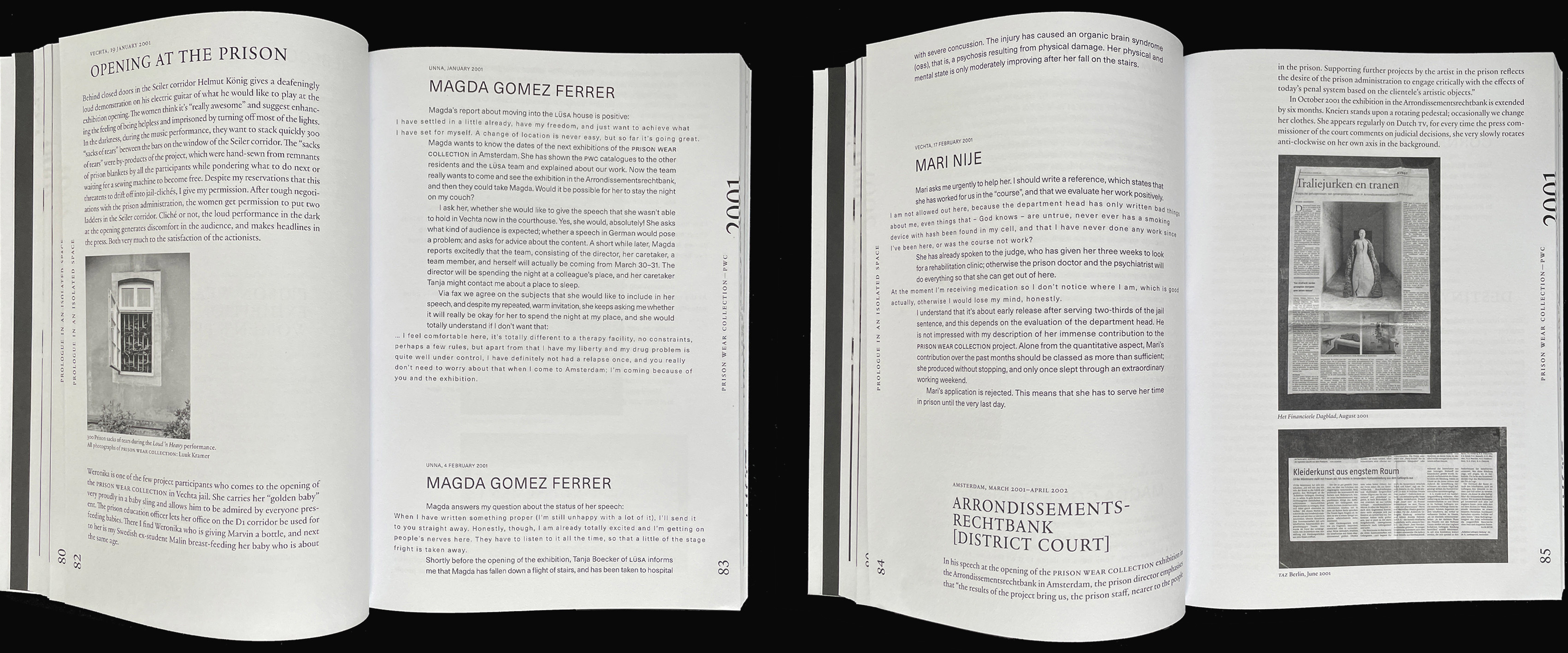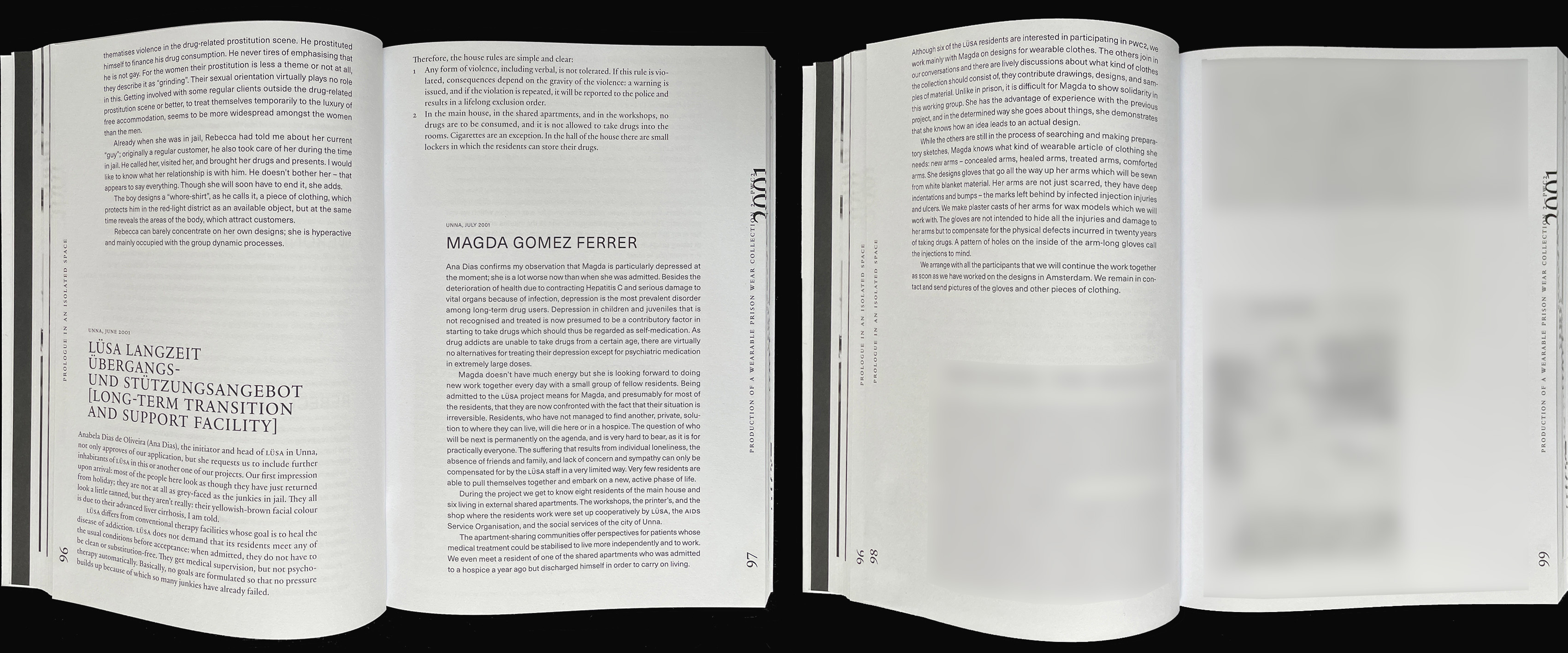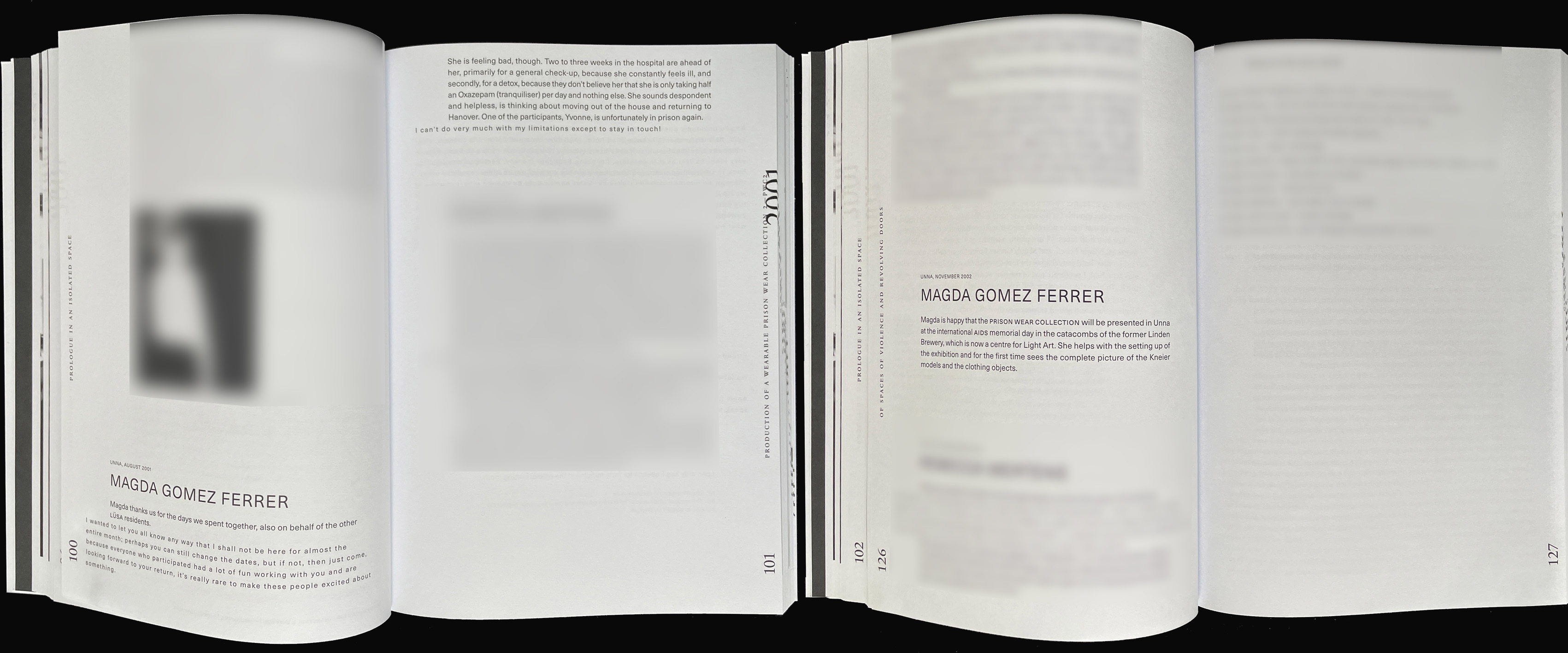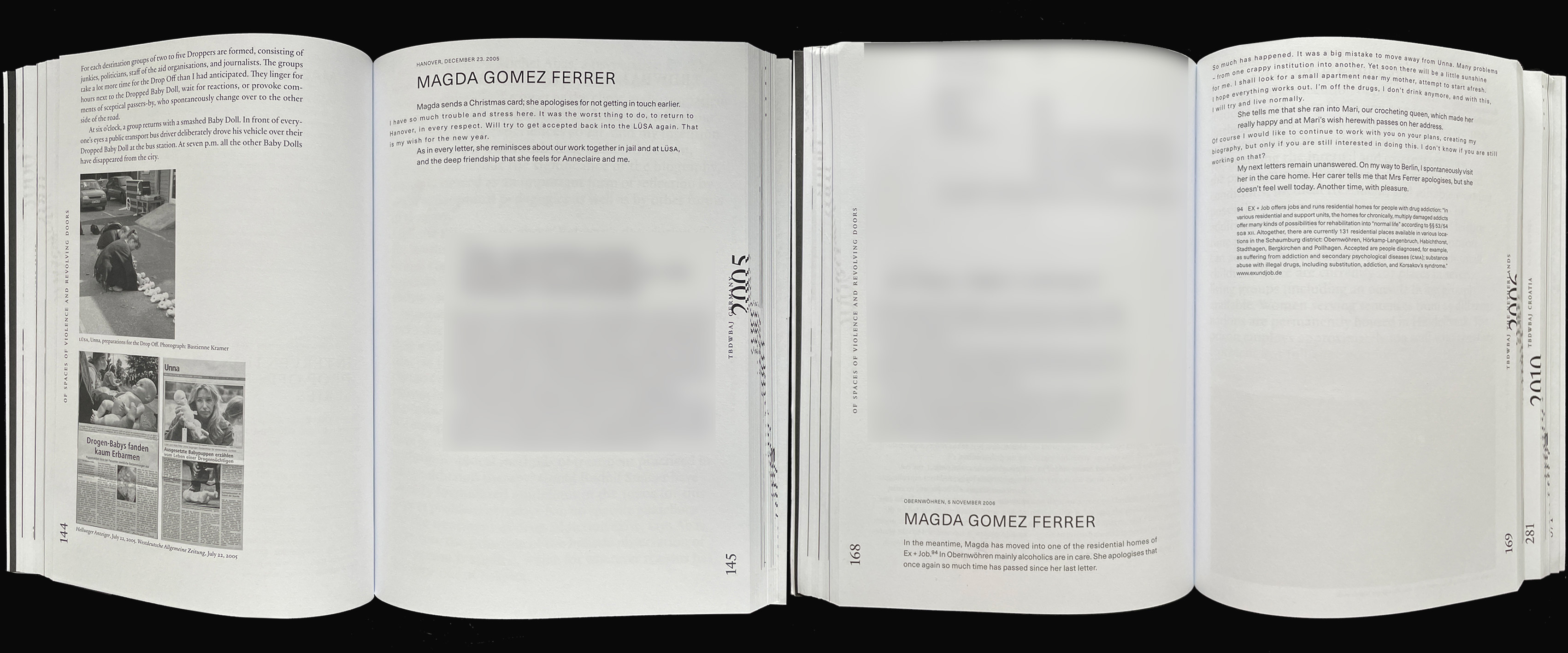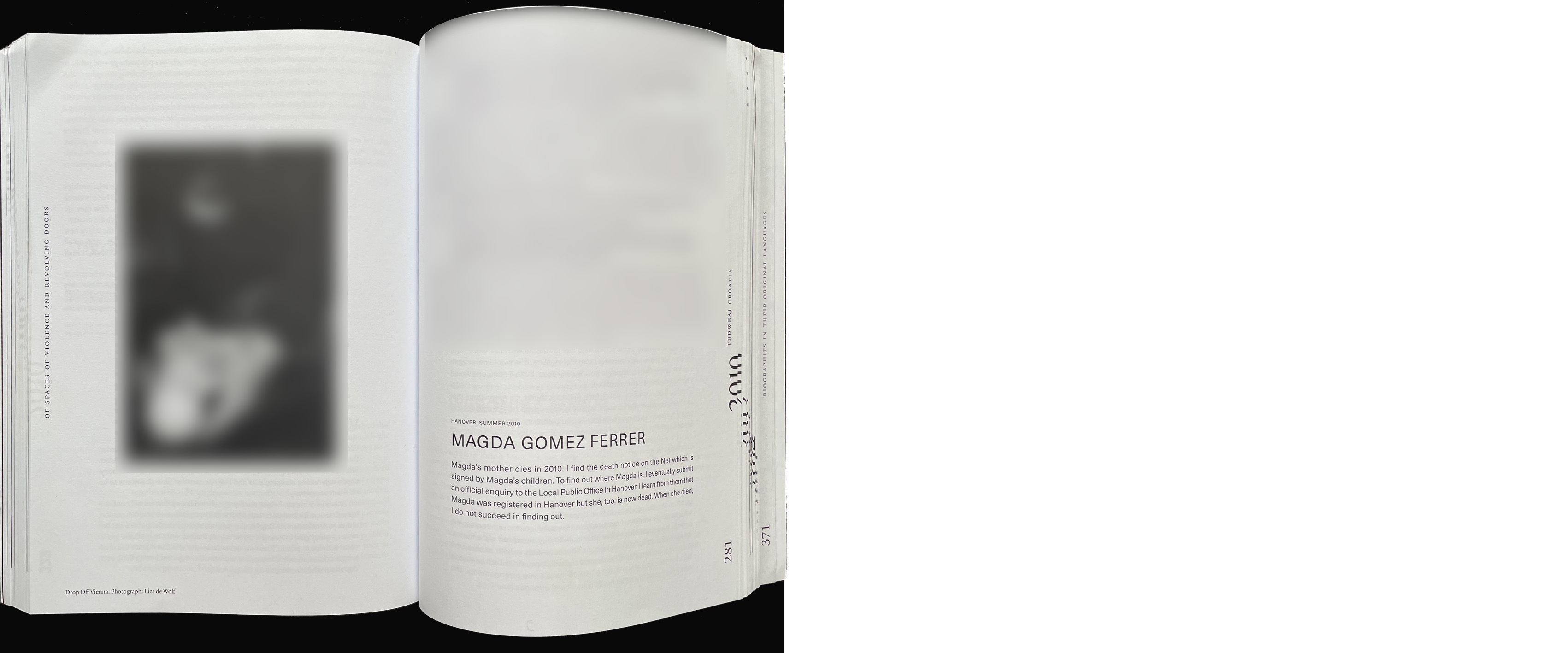initialism for the project title THIS BABY DOLL WILL BE A JUNKIE, which suggests that drug addiction is an unavoidable fate—an ominous prophecy for a human life that has barely begun. On the one hand, it contradicts common notions of freedom, independence, equal opportunity, and individual self-determination as guaranteed, indisputable rights of every individual. On the other, it also criticises a fatal consequence of this ideal, which often goes hand in hand with supposedly being justified in condemning the illness of addiction and the resulting violations of the law as a purely individual matter of personal failure. This failure to mourn those who have already been denied being regarded as a life worth living discredits connectedness and solidarity, that is, the willingness to engage in a shared world in equality and diversity.
the projects of the OUTCAST REGISTRATION operate in different topological spheres, that is, in spaces that reflect specific social functions and all have a private (individual) and a public (communal) meaning. The fact that private space is largely excluded highlights the problematic fact that the private sphere in democratic systems is fundamentally—and constitutionally—hidden from public view. While this does protect from state control and interference, it does not protect those who are exposed to (sexual) violence behind closed doors. For all the women who participated in the projects, the private space has never been a protective space, as is clear from their respective biographies—on the contrary. Since access to private space is denied, the OUTCAST REGISTRATION projects concentrate on social spaces that are accessible but under normal circumstances strictly separated from each other, and it is there that encounters or even confrontations are initiated between their inhabitants: — in isolated spaces, where segregated life far away from society is imposed, for example, in prisons, therapy facilities, psychiatric wards, and asylum seekers centres; — in cultural spaces, that is, institutionally legitimised and supported spaces and facilities, including museums, art halls and galleries, as well as, for example, playgrounds, parks, and zoos; spaces that are categorically in contrast to subcultural, secret, or even forbidden spaces for ideas, thoughts, and life styles, which are rejected by the majority and/or officially banished from the public sphere; — in the public realm, which ideally expresses the need and obligation of all people to be able to articulate in public everything that concerns all us, independent of whether they have been granted, have acquired, or have coerced authorisations and privileges. In the sense of Hannah Arendt, the sphere of what is public is not only a possibility, but rather a call to action.
a core element of the artistic and scientific research approach conducted for all projects, which distinguishes the collaboration with women convicted of drug abuse, with colleagues, scientists and institutions, as well as the dialogue with specialists from various fields such as philosophy, art (theory), psychiatry, sociology, political science, and law. The circulation of findings in the OUTCAST REGISTRATION network is expanded through the partly direct, partly mediated linking of different expertises.
the act of installation and intervention by TBDWBAJ in public space. Each Baby Doll of a series is dropped off by a small group (participants of the Expert Meetings as well as locally known and lesser known persons from politics, science, and culture) at places, which belong to the life sphere of the junkies, and abandoned without further supervision. From now on, the passers-by decide what happens to the Baby Dolls—whether they are accepted or rejected, ignored or destroyed.
